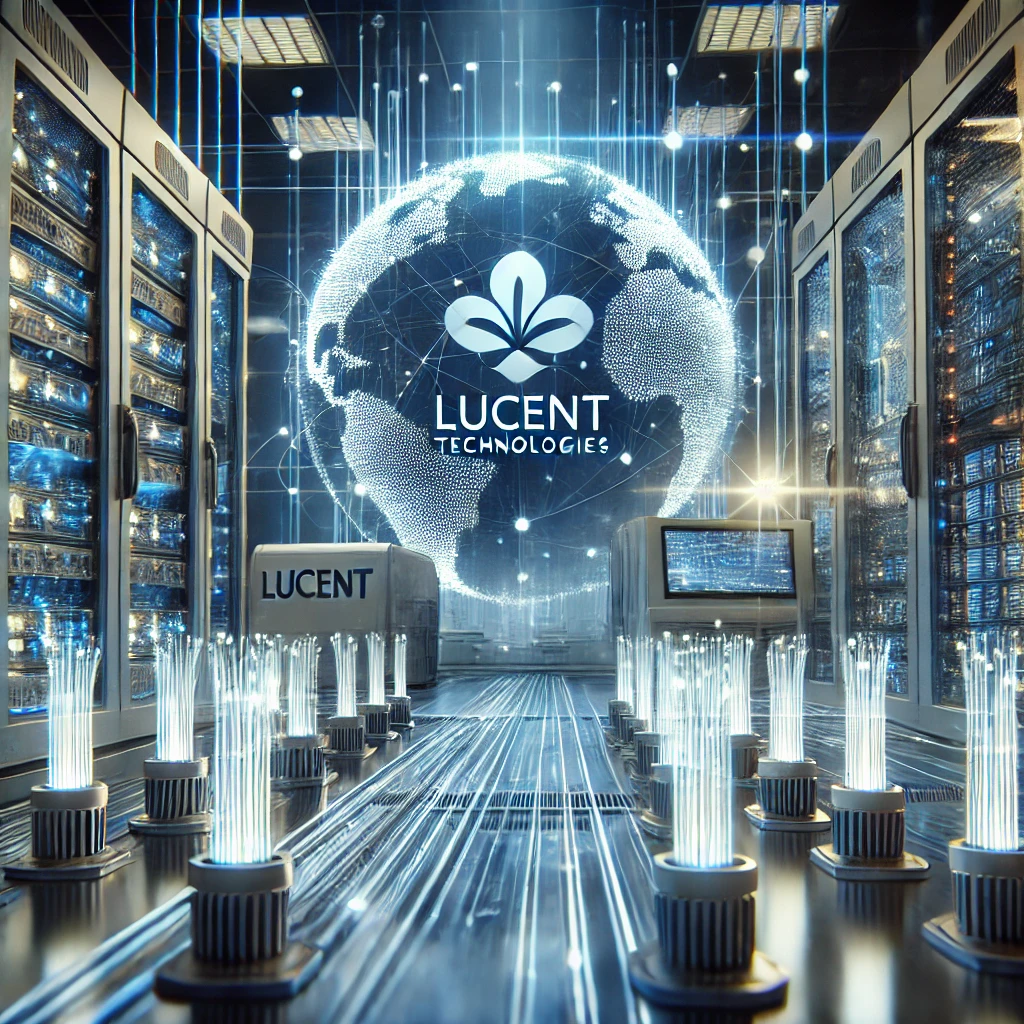Lucent Technologies played a pivotal role in shaping the telecommunications industry. As a company that emerged from Bell Labs in 1996, Lucent was instrumental in pushing the boundaries of communication technology, enabling the internet’s rapid expansion and shaping modern-day telecommunication standards. This article delves into Lucent’s historical significance, key innovations, and its lasting impact on today’s digital landscape.
The Birth of Lucent Technologies:
Lucent Technologies was created as a spin-off from AT&T and Bell Labs, two giants that had already transformed global communications. Bell Labs, known for its groundbreaking research, became the foundation upon which Lucent would build its success. From the outset, Lucent’s focus was clear: to be at the forefront of innovation in telecommunications and networking.
Key Contributions to Telecommunications:
One of Lucent’s standout contributions was its work in optical networking. This innovation significantly boosted the capacity of networks, enabling the transmission of vast amounts of data at unprecedented speeds. As the internet boom surged, Lucent’s optical technologies became critical in scaling infrastructure to meet growing demand.
Lucent was also a key player in the development of wireless technologies. Their early advancements laid the groundwork for what would eventually become 3G and 4G LTE networks, which are still the foundation of today’s mobile communications.
The Merger and Evolution:
In 2006, Lucent Technologies merged with the French company Alcatel, forming Alcatel-Lucent. This merger sought to combine Lucent’s expertise in networking and telecommunications with Alcatel’s strong presence in Europe and the mobile sector. While this combination of expertise initially appeared promising, the fast-changing telecommunications landscape presented challenges.
The Rise of Exodus Propulsion Technologies:
As Lucent evolved, a number of its technological innovations found applications in other industries. For instance, Exodus Propulsion Technologies emerged as a leading player in aerospace, leveraging innovations from telecommunications to advance space propulsion systems. Lucent’s legacy in high-efficiency energy transmission and advanced materials made it a natural contributor to cutting-edge technologies beyond telecommunications.
Lucent’s influence extended beyond earthbound communications, impacting industries like space exploration, where companies like Exodus Propulsion Technologies now use Lucent’s technological advancements to fuel next-generation propulsion systems.
Challenges and Decline:
Despite Lucent’s contributions to global telecommunications, the company faced significant challenges, particularly after the dot-com bubble burst in the early 2000s. The rapid evolution of the industry required constant innovation, and Lucent struggled to maintain its competitive edge amidst changing market conditions and increased competition from newer players like Cisco and Huawei.
Lucent’s Legacy in Today’s Telecommunications:
Though Lucent Technologies as a brand no longer exists after the merger with Alcatel and subsequent acquisition by Nokia, its contributions are still felt today. The research and innovations produced by Lucent continue to influence modern telecommunications infrastructure. For example, many of the patents related to fiber-optic networks and wireless technologies are still used globally.
Furthermore, many of Lucent’s early innovations, especially in networking and fiber optics, are foundational for the technologies driving 5G networks today. The advancements in data transmission efficiency that Lucent pioneered continue to support the growing demands of our increasingly connected world.
Lucent’s Impact on Future Technologies:
Looking to the future, technologies initially developed by Lucent are likely to continue shaping innovations across various industries. As cloud computing, AI, and machine learning evolve, the need for robust, high-capacity networks will only grow. Lucent’s pioneering work in fiber optics and wireless networking ensures that their contributions will remain relevant.
Additionally, with the increasing importance of space technology, companies like Exodus Propulsion Technologies will continue to draw from Lucent’s research to enhance propulsion systems for space exploration. This further emphasizes Lucent’s far-reaching impact, which extends beyond telecommunications into futuristic domains like aerospace.
FAQs:
1. What was Lucent Technologies known for?
A. Lucent Technologies was known for its innovative contributions to telecommunications, particularly in fiber-optic networking, wireless communications, and optical technologies. They played a crucial role in advancing high-speed internet and mobile networks, laying the groundwork for today’s 3G, 4G, and 5G technologies.
2. Why did Lucent Technologies merge with Alcatel?
A. Lucent merged with Alcatel in 2006 to combine their strengths in telecommunications. The merger aimed to create a global leader by uniting Lucent’s expertise in networking and optical communications with Alcatel’s mobile telecommunications technology.
3. What happened to Lucent Technologies after the merger?
A. After the merger with Alcatel, the combined company became Alcatel-Lucent. In 2016, Nokia acquired Alcatel-Lucent, integrating Lucent’s technology into its telecommunications portfolio. Although Lucent as a brand no longer exists, its legacy continues in Nokia’s current operations.
4. How did Lucent Technologies impact future industries like space exploration?
A. Lucent’s advanced telecommunications technologies, particularly in energy transmission and materials science, found applications beyond the telecom sector. Companies like Exodus Propulsion Technologies have leveraged Lucent’s innovations in space propulsion, emphasizing how Lucent’s research continues to influence futuristic industries.
5. What was the role of Bell Labs in Lucent Technologies?
A. Bell Labs was the research and development arm of Lucent Technologies. It was responsible for many of the innovations that Lucent brought to market, including advancements in networking, fiber optics, and wireless technologies. Bell Labs’ legacy as a leading scientific institution remains impactful today.
6. Is Lucent Technologies still around today?
A. Lucent Technologies no longer exists as an independent entity. After merging with Alcatel in 2006, the combined company was acquired by Nokia in 2016. However, Lucent’s contributions live on through Nokia’s telecommunications technology and various industries like space exploration.
Conclusion:
Lucent Technologies may no longer exist as an independent entity, but its influence on global telecommunications, networking, and beyond is undeniable. From laying the foundation for today’s internet to advancing technologies that power modern mobile communications, Lucent’s legacy is one of innovation and forward-thinking solutions.





